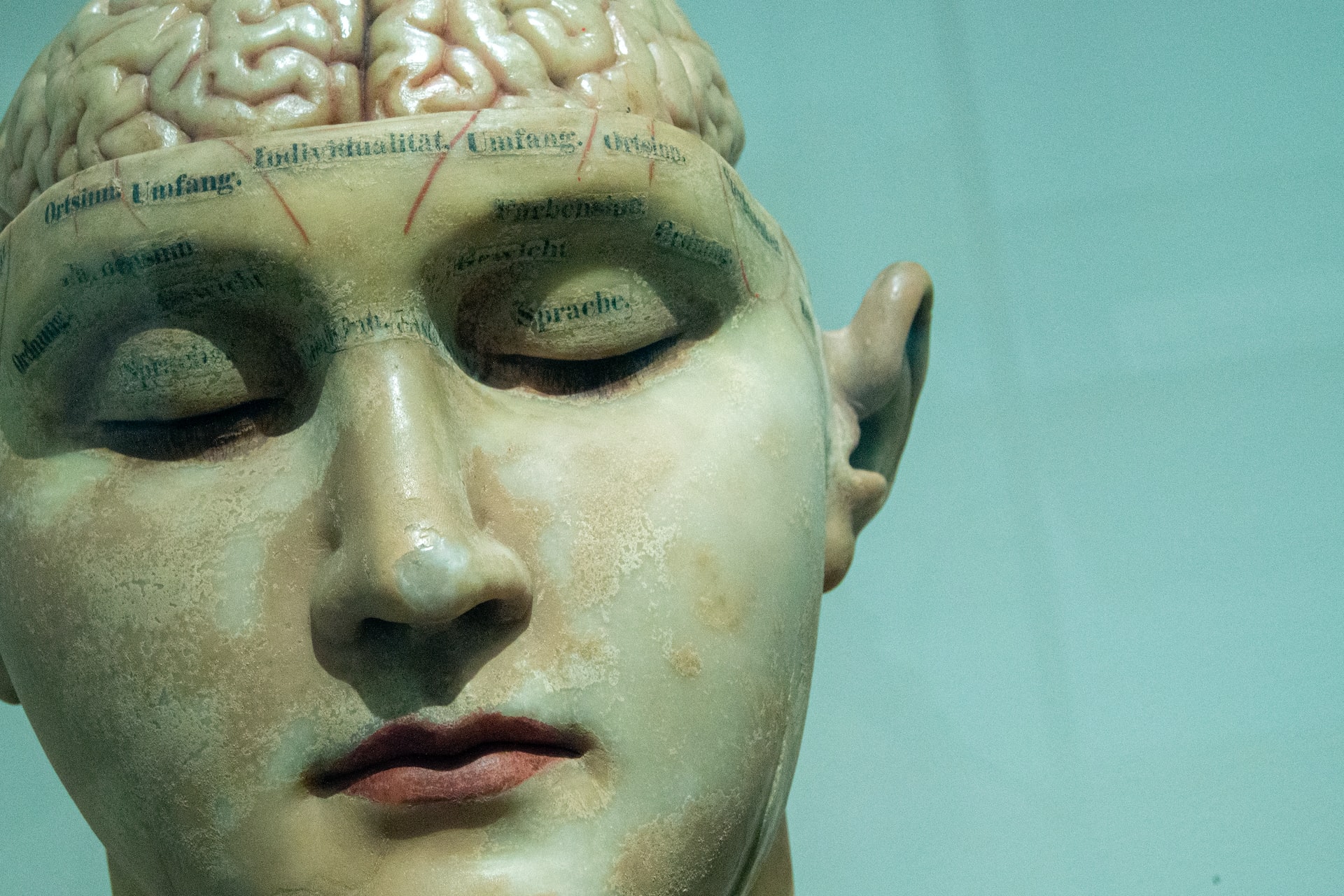Inside Parkinson’s: How It Affects the Brain and Body
Parkinson’s disease is a tricky condition that messes with how the brain and body work together. It all starts in a part of the brain called the basal ganglia, where special cells make a chemical called dopamine. This dopamine is super important – it helps different parts of the brain talk to each other and control movement.
In Parkinson’s, these dopamine-making cells start to die off. By the time someone notices symptoms, they’ve already lost 50-60% of these cells. Without enough dopamine, the brain struggles to control movement properly.
This lack of dopamine causes the classic signs of Parkinson’s:
Tremors – Shaking, often starting in the hands or fingers
Slow movement – Called bradykinesia, making everyday tasks harder
Stiff muscles – Making it tough to move around easily
Balance problems – Increasing the risk of falls
But Parkinson’s isn’t just about movement. It can affect many other parts of the body too:
Smaller handwriting – Called micrographia
Loss of smell – Often an early sign
Sleep troubles – Including acting out dreams
Constipation – Due to slowed digestion
Soft voice – Speaking more quietly than usual
Less facial expression – Called facial masking
Dizziness or fainting – From blood pressure changes
Hunched posture – Stooping or leaning forward
Parkinson’s can also mess with thinking and emotions. Some people have trouble with memory, problem-solving, or multitasking. Others might feel anxious, depressed, or just less motivated than usual.
Scientists aren’t totally sure what causes Parkinson’s, but they think it’s probably a mix of genes and things in the environment. It usually shows up around age 60, but can start earlier.
While there’s no cure yet, treatments can help manage symptoms. Doctors often use a team approach, including:
Medications to boost dopamine levels
Exercise to keep muscles strong and flexible
Physical therapy to improve movement
Speech therapy if needed
Sometimes surgery for advanced cases
Living with Parkinson’s is challenging, but many people lead active lives for years after diagnosis. Early detection and proper care make a big difference. If you notice multiple early signs, it’s worth talking to a doctor who specializes in movement disorders.
Research is always moving forward, giving hope for better treatments and maybe even a cure someday. In the meantime, understanding how Parkinson’s affects the brain and body can help people manage the condition and stay as healthy as possible.





